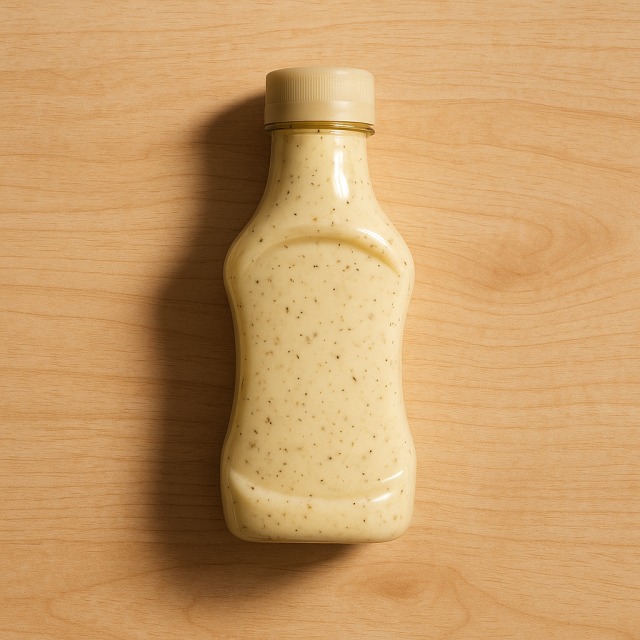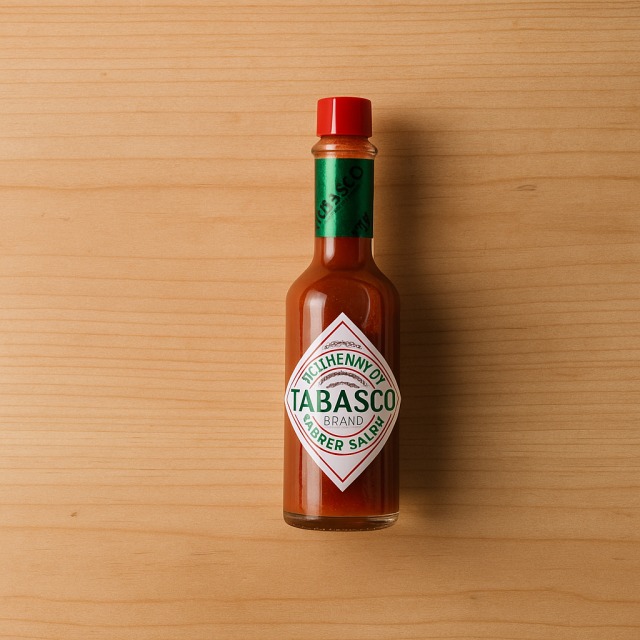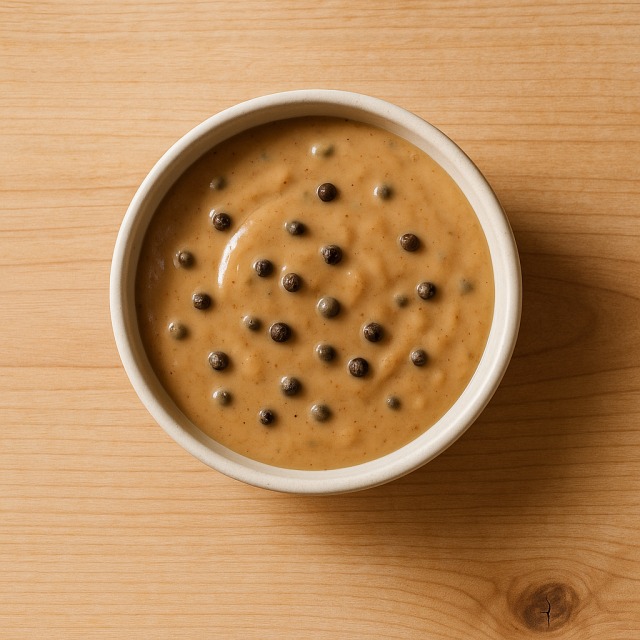Calorie Chart / Seasoning & Sauces / Vinegar
How Many Calories Are in Vinegar?
Calculation of the nutritional value & Recommended Dietary Intake of vinegar
For ml and a calorie requirement of kcal
| Calories 2 kcal | Proteins 0 g | Lipids 0 g | Carbohydrates 0.1 g |
| 0% | 0% | 0% | 0% |
Health benefits of vinegar

Vinegar - 100ml
Calories 24 kcal
Proteins 0.2 g
Lipids 0 g
Carbohydrates 0.6 g
Vinegar is classified as a very low-calorie condiment: with only 24 kcal per 100 g, it supplies almost negligible calories while adding a sharp, fragrant taste to dishes. Despite its modest calorie load, it still contains traces of potassium, calcium, and magnesium as well as minute amounts of B-group vitamins, which means you obtain micronutrients without piling on calories.
The acetic acid responsible for vinegar's flavor has been studied for its possible role in moderating post-meal glycemic peaks, which may indirectly help control calories consumed later in the day by enhancing satiety. Certain varieties—such as red wine or apple cider vinegar—carry polyphenols and organic acids that show antioxidant potential, again without bringing extra calories. Historically, vinegar has been produced since ancient Mesopotamia; sailors even used it to preserve food because its acidic environment discouraged spoilage bacteria, offering a low-calorie preservation method long before refrigeration. For anyone watching calories, vinegar is therefore a handy flavor booster with virtually no energy impact.
Tips for incorporating vinegar into a balanced diet
Because vinegar contributes flavor but almost no calories, it is ideal in salad dressings: whisk it with a teaspoon of mustard and a dash of water to keep calories in check, then pour over a bowl of cucumber, tomato, and lettuce. Compared with creamy sauces that quickly raise calories, this simple vinaigrette keeps the total calories of your meal very low.
Use vinegar in marinades: combine it with herbs and a splash of soy sauce to tenderize a skinless chicken breast. Because both ingredients are lean, the final dish remains light in calories yet rich in proteins. Vinegar also brightens grain dishes—add a teaspoon to the cooking water of rice; you will enhance flavor without increasing calories, which can help reduce the urge for butter or oil.
If you enjoy pickles, submerge sliced carrot or beet in a mixture of vinegar, water, and spices. The vegetables absorb acidity, letting you snack on crunchy fiber for minimal calories. In desserts, a dash of balsamic vinegar over fresh strawberry amplifies sweetness so you can cut down on added sugar and therefore calories. In all these ideas, vinegar's strong taste lets you keep overall meal calories low while still enjoying satisfying dishes.
Frequently Asked Questions
- How many calories are in vinegar?
- Vinegar provides 24 kcal per 100 g, making it an extremely low-calorie seasoning.
- Is vinegar considered low in calories?
- Yes, at 24 kcal per 100 g, vinegar falls into the very-low-calorie category; a typical tablespoon (15 g) adds barely 4 kcal to your plate.
- Does heating or cooking vinegar change its calories?
- No, the acetic acid may evaporate slightly, but the calorie content remains practically the same, so the cooked dish still gains almost no calories from vinegar.
- Can using vinegar help reduce overall meal calories?
- Absolutely—by replacing creamy dressings or rich sauces with a vinegar-based alternative, you eliminate dozens of unnecessary calories while retaining flavor.
- Which type of vinegar has the least calories?
- Most common vinegars—white, cider, wine, or rice—sit between 20 and 25 kcal per 100 g, so the difference is negligible; all are low in calories compared with oil-based condiments.
Similar foods
Information provided by Calorie Menu may contain inaccuracies or errors. It cannot, under any circumstances, substitute medical advice or medication.










